When you’re having your garden designed, it’s understandable to want plants to look as established as possible immediately. However what we see on TV, in magazines and at flower shows is quite distant from the reality of a newly planted garden and I wanted to explore this topic to help set expectations. In reality a newly planted garden will look gappy with small plants for the first year and only truly comes into its own from year two or three.
What does a newly planted design look like?
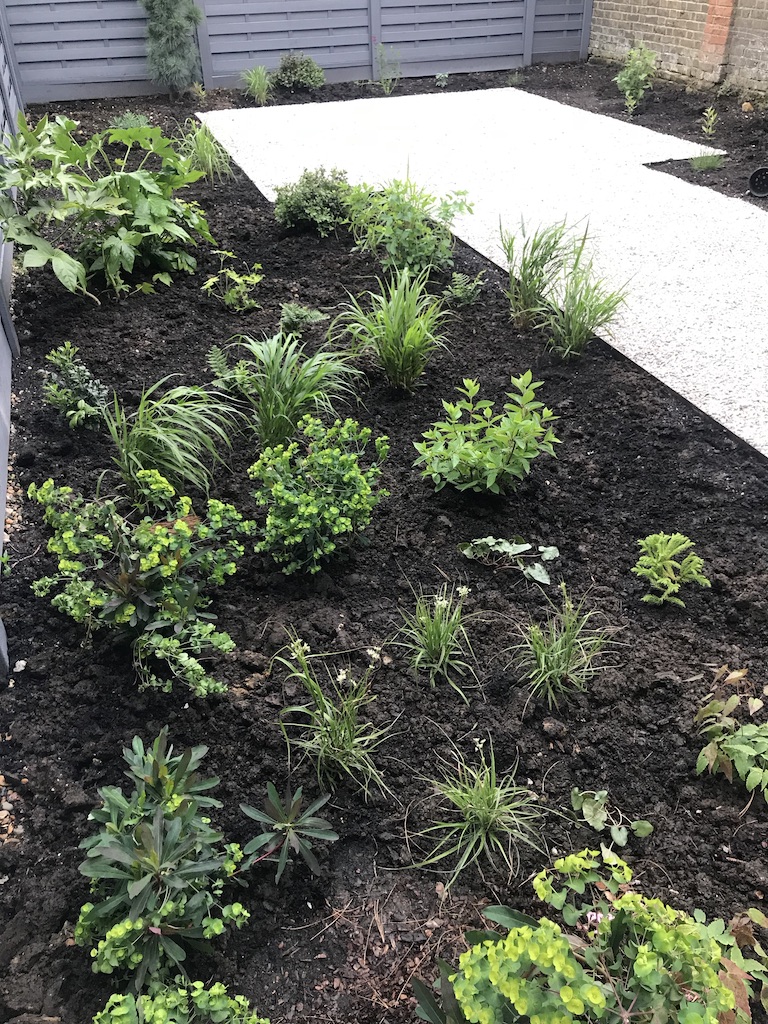
One of the challenges with garden design is the expectation set by images of dream gardens in magazines and show gardens. These are always of finished gardens which often have years of growth behind them, even a show garden features plants that are years old.
The designs themselves show how the final garden is imagined rather than how it will look immediately. Garden centres are also quite bad because they tend to mainly stock ‘in flower’ plants which aren’t always the best to plant – especially if planting between autumn to early spring when most plants are still dormant.
In real gardens plants need to be planted with the correct spacing and a good designer will plant knowing the final size, allowing room for things to spread.
But plants need time to establish – which simply means to set down enough roots, grow to a certain size and settle into the new location. This can take months for some plants or a year or two for others. You’ll know something is established because it suddenly looks bigger, stronger or is more floriferous – it’s simply more noticeable.
A newly planted garden design will usually look quite bare (as above) with lots of visible soil and plants, often smaller than you see in public nurseries, dotted seemingly at random.
This is totally normal and a sign of good horticultural practice.
It also allows room for things like bulbs to be added in autumn if the rest of the plants were added in spring, for example. You should still have some flowers but plants won’t be pumping them out just yet.
Why can’t plants just be bought and planted at full size?
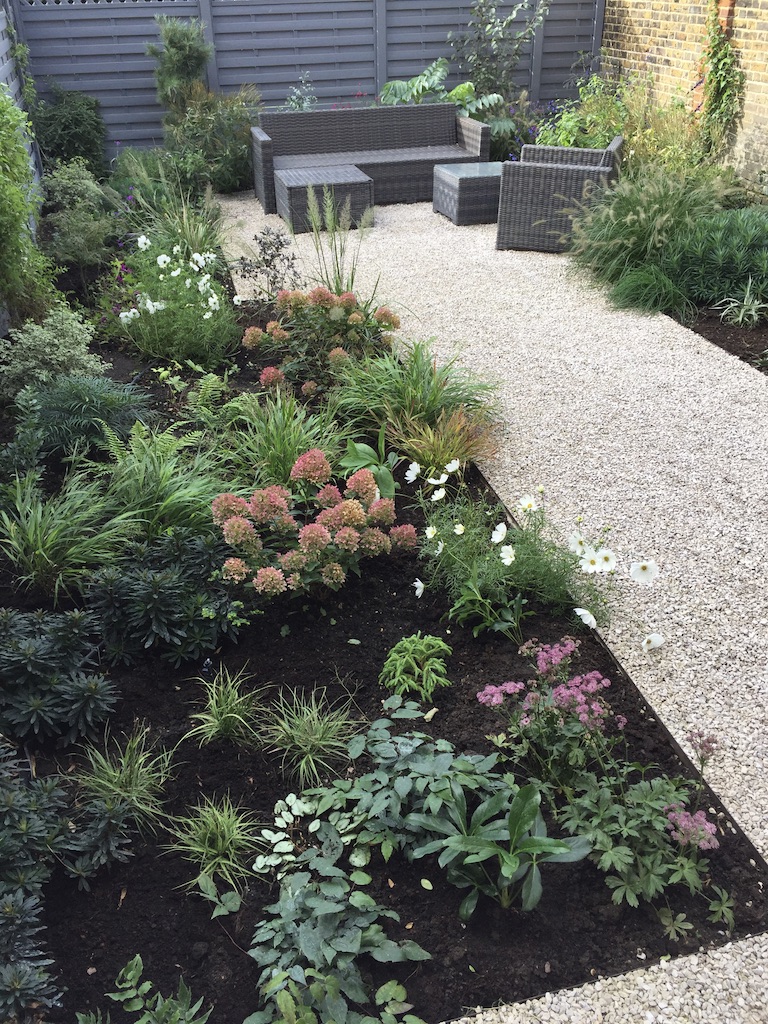
The answer is that some plants can be bought at full size, you can buy full size trees and even ready made hedges these days. However, the more established you want plants to be, the more expensive they will be and the more limited choice of plants you have. The reasons for this are because large plants have to be grown by someone and cared for which in some instances will take years, requiring special facilities.
Large plants cost more not because the plant is bigger, but because of the time and resources someone has spent to care for it. As these large plants take up a lot of space and person time, the choice becomes more limited too. The lead time required to grow say, a three metre tall birch tree is going to be many years. To grow a perennial from seed or cutting to a fully established size will take 2 – 4 years depending on the plant type. Transport cost is also higher for the simple reason that larger parcels cost more to package and send, with large trees and shrubs needing specialist couriers (the difference between a £5 – 10 postage cost and a £50 – 100 delivery).
That lead time and upfront cost means nurseries tend to grow the sure fire sellers, the last thing they want is to gamble on plants that might not sell after spending three years growing them. Quite often the rarer or more exciting new cultivars that I design with simply are not available to buy established.
To plant a fully established garden will be astronomically more expensive than a normal mixed planting. It could be up to five times more expensive (or more!) and your range of plants to buy will be significantly restricted unless you pay more for a nursery to grow rarer plants specifically for you.
What are the advantages of planting younger plants?
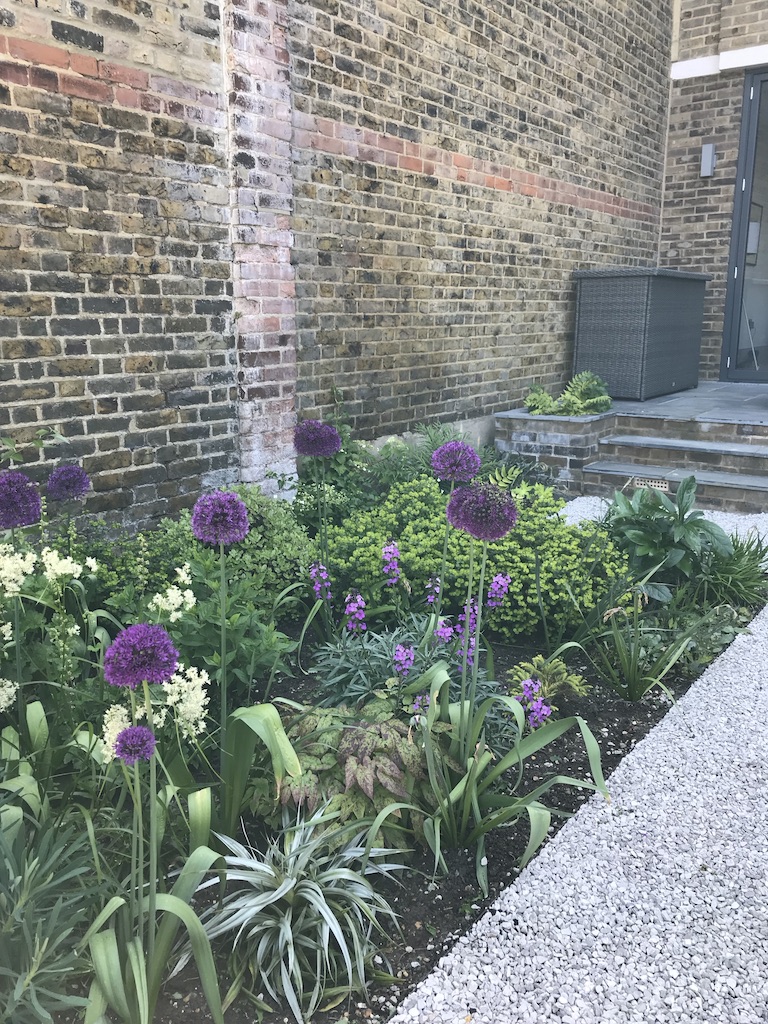
On the flip side, younger plants cost less to buy because they’ve had less time and resources spent on them and they’re easier to transport. Many young plants, once established, will grow incredibly quickly, some even reaching near full size in one summer. For those plants it would be really silly to buy a full sized version. Others do take longer, and can be slower to create an impact – it may be up to 2 – 3 years for them. Wisteria is known for taking up to 7 years to fully establish but I doubt anyone would disagree that the wait is worth it.
Plants will establish better and faster in new spaces when they are young. This is most obvious with shrubs and trees where you can often find a small sapling overtaking a tree that was planted at a more established size. This is all mainly to do with the roots exploring new soil and adjusting to the new climate it’s growing in. A young plant has vigour to establish its roots quickly, spreading rapidly while a larger tree may have trouble spreading its rootball into different soil. Roots also form a good anchor in the soil for strength against wind, something young plants tend to do better and faster.
A garden planted with younger plants will be much more cost effective and – after what can seem like a slow start – can produce more vigorous plants for a better longterm planting.
How long does a young garden design take to establish?
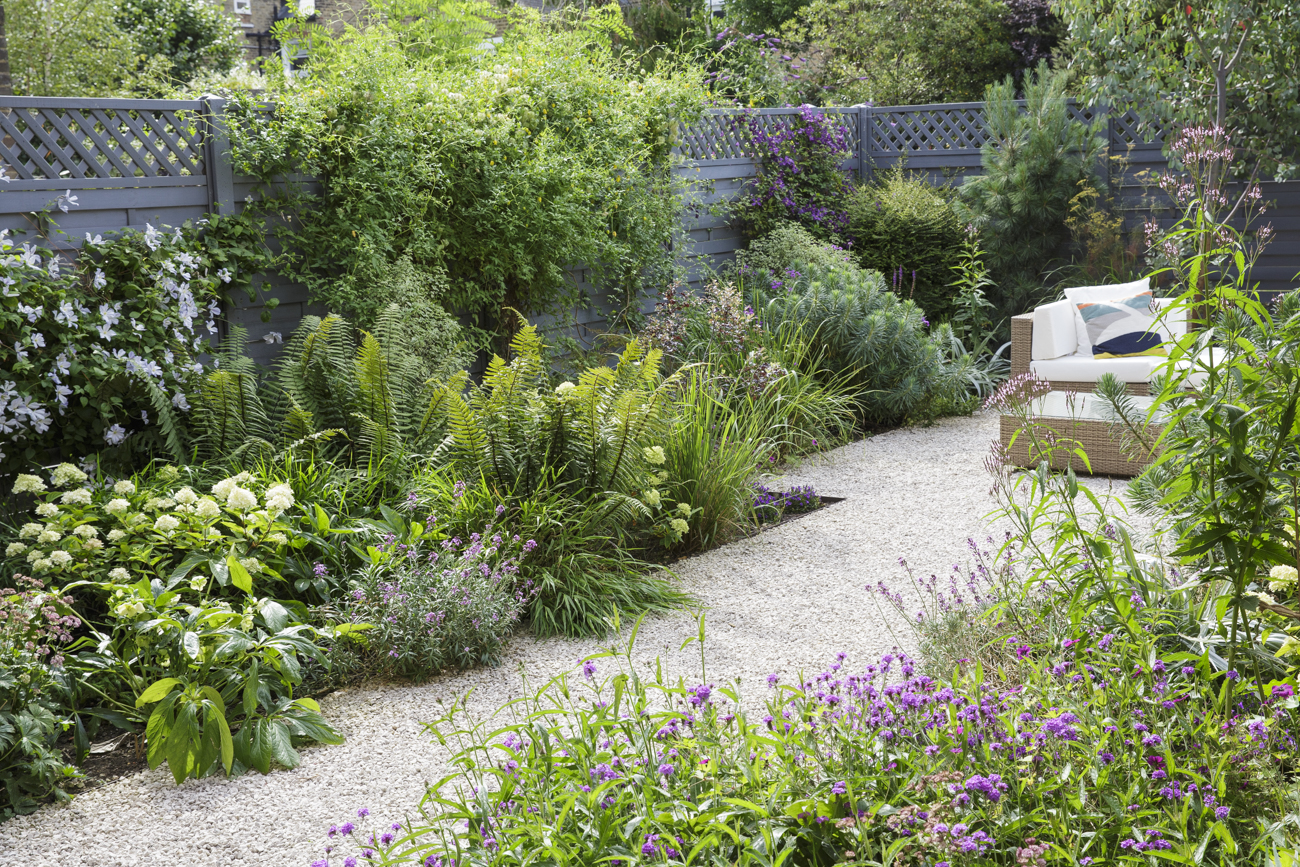
It depends entirely on the plants chosen – a tropical garden can go from zero to jungle in only six months – but I would say it takes three years for a garden to really come into its own. There are ways of speeding this up by buying more established plants for instance but I don’t recommend it for the above reasons.
From a garden design, I would say that the first year’s plantings will certainly be beautiful in their own right but there will be patches of soil. In the second year, there will be almost no patches of soil and noticeably more flowers. The third year will see many plants fully established and the others not far behind and it will be in this year that a design will feel ‘complete’. Not that a garden is ever complete – by this point plants will just keep getting better and better and you can think about dividing what you have for adjustments and more plants.
And the caveat is that this length of time really does change depending on the style of planting and type of plants chosen. Meadows take many years to establish and are an ongoing project, as are many types of borders.
Personally I find gardens are best when they are seen as something that will change over time and a garden should be designed for that to happen, preferably with the designer kept involved. I encourage clients to enjoy the first year or two as plants go on their journey to filling out their allotted space. In many ways, the first few years are the most exciting as the garden will go through more change than it will in the future – every day something will be different and you can watch it become that dream garden one day at a time.
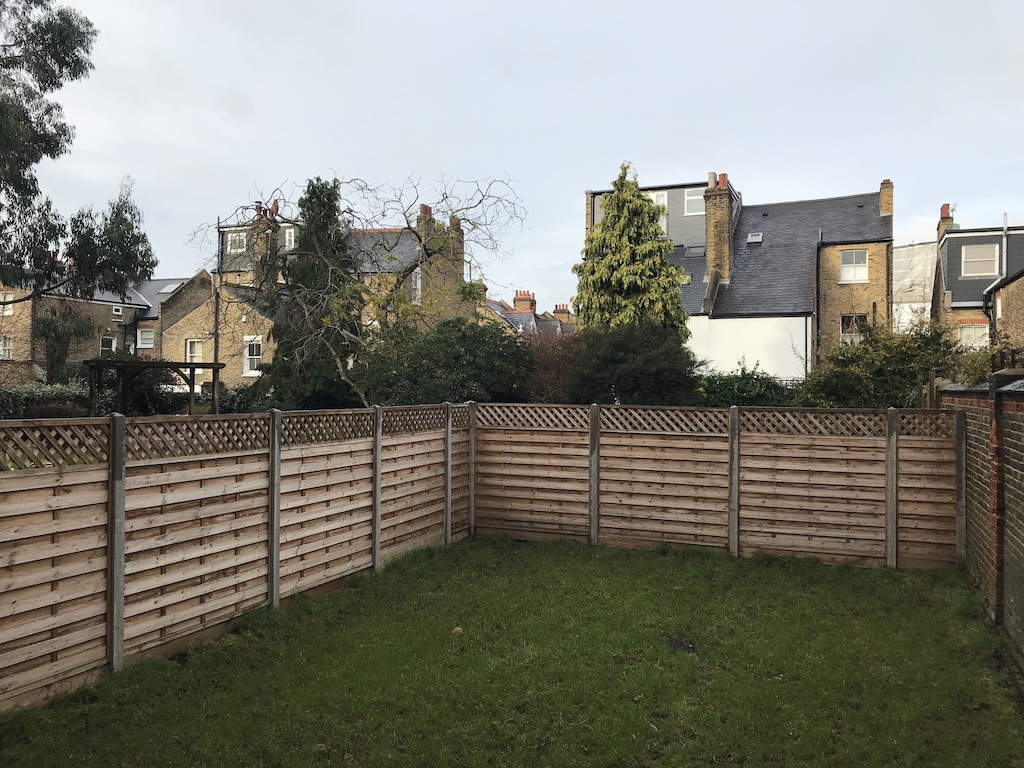

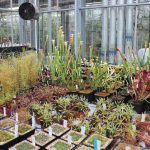



Great blog, Jack. My favorite so far. Rather timely too as I’m currently studying garden design and so reading this has given me good advice. My own garden in west London started from scratch; dug up all the weeds and wild grass until all the garden beds were bare and exposed. Re-turfed as well. Planted small lemon conifers, pittosporum tenuifolium, abelia, berberis, heuchera . . . two years later my garden looks and feels like an actual garden – a room outside as it were. Sometimes you just have to be patient and allow the garden to come into its own. All the best to you.